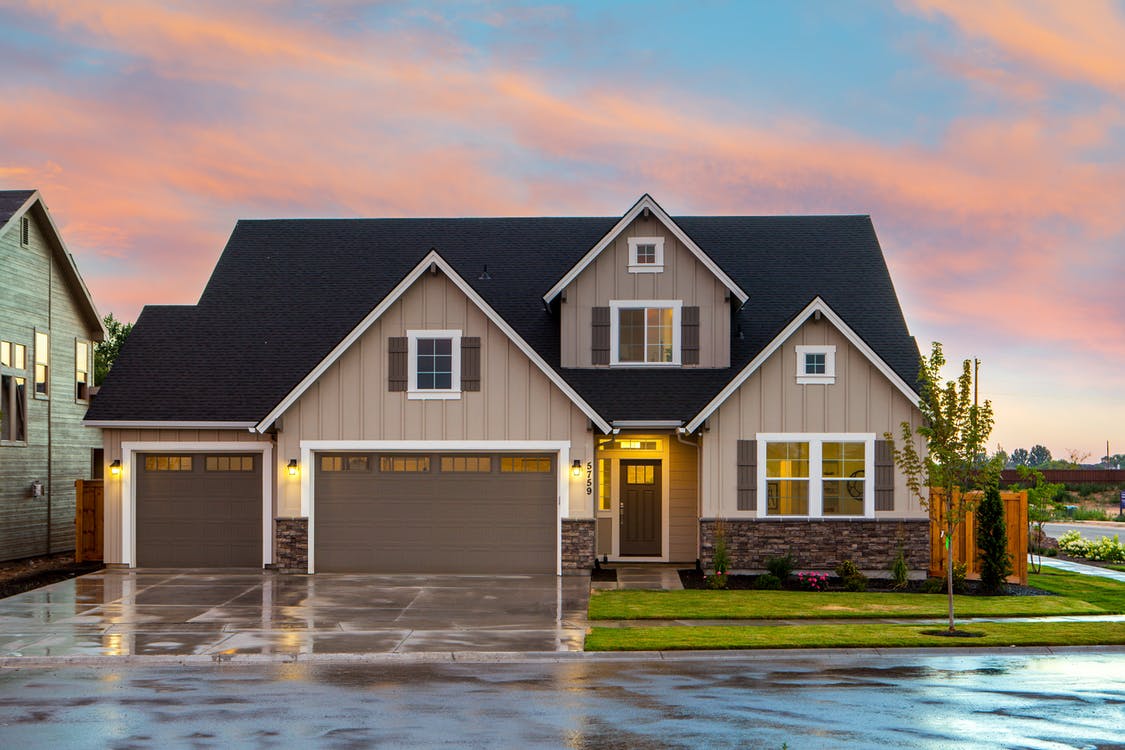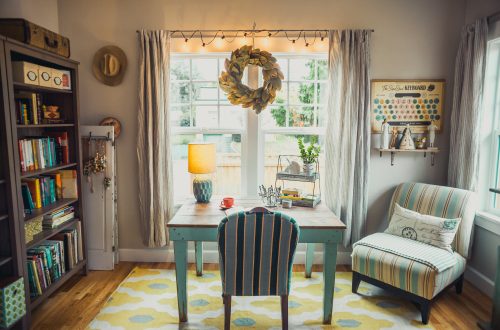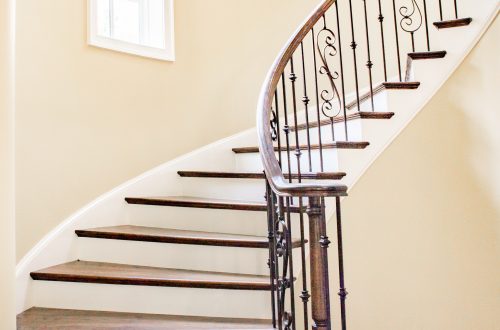
What does homeowners insurance cover?
Homeowners insurance is known as a “multi-peril” policy, meaning it contains a variety of coverages in one package. A peril, in the insurance industry, is something that causes damage to a house or property. Your homeowners insurance policy may specifically list the perils you’re protected against, or cover you against all perils except ones specifically excluded.
Common perils that homeowners insurance usually covers include:
- Fire
- Lightning
- Explosions
- Civil unrest
- Smoke
- Vandalism
- Theft
- Volcanic eruption
- Falling objects
- Ice, snow, or sleet
- Sudden, accidental outflows of water from the plumbing system or appliances, including burst pipes
Your policy may also cover the cost of debris removal after a disaster, replacing plants and shrubs, and fixing rot and fungus.
While every homeowners insurance policy is a little different, a basic policy provides six broad categories of coverage.
Dwelling coverage
Dwelling protection, sometimes called Coverage A, protects the house itself. This coverage also extends to major systems in your home, like plumbing and HVAC. Dwelling protection will pay to repair damage from a significant event covered under your policy, but it doesn’t cover routine wear and tear.
Your coverage amount is dictated by the policy you buy. You’ll typically buy a specific dollar amount of coverage. You generally want to carry dwelling protection equal to 80% of the replacement cost of your home at a minimum — but you should strongly consider buying enough coverage to completely rebuild your home if necessary.
Pay close attention to how your policy determines the value of your property. Your dwelling coverage may be based on the replacement cost or actual cash value. Replacement cost is the amount of money it would take to rebuild, repair, or replace the systems of your home. The actual cash value is usually less because it takes into account depreciation. Depreciation is a decrease in value over time due to wear and tear and reflects what the material or property is worth at the present time.
This can make a major difference after your home is damaged. For example, if a storm damages your roof, you’ll get enough money to replace it if your homeowners insurance is based on replacement cost. If your policy is based on actual cash value, you might not get enough to replace it. The amount your insurer will pay out will be based on the age of the roof. If your roof is 15 years old, you’ll get a lot less money than you would if your roof was new.
Other structures coverage
Known as Coverage B, this covers structures on your property like a detached garage, gazebo, or shed. Most policies limit coverage for other structures to 10% of the coverage on your dwelling, though you can choose to buy additional coverage. You generally want to carry coverage on other structures equal to at least 80% of the replacement cost.
Personal property coverage
This area of your homeowners insurance policy, known as Coverage C, is for all the things inside your home, like furniture, clothes, and other personal belongings.
Personal property protection is generally limited to 50% of the dwelling coverage unless negotiated separately with your insurance company. Keep in mind, though, that coverage may be limited on certain types of items that are easily lost, stolen, or damaged — jewelry, a stamp collection, or cash, for example. You may want to buy coverage specifically for these items if you have them.
When you’re buying homeowners insurance, take inventory of your personal items to make sure you’re buying enough personal property protection. Document your property as well. Receipts are best, but photos and videos help too. When filing a claim, this inventory will help you prove to your insurance company what needs to be replaced after a peril. Keep in mind that your personal property protection will be based on replacement cost or actual cash value, as well.
Loss of use coverage
This coverage, also known as Coverage D, pays for your living expenses if your home is damaged to the point you can’t live in it until it’s repaired. This could include a hotel stay, meals, and storage space. Loss of use coverage is generally limited to 20% of the amount of your dwelling coverage.
You’ll need to keep all your receipts for expenses incurred after damage to your home and submit them to the insurance company for reimbursement. It’s important to note that you can only claim expenses that go above and beyond your typical day-to-day living expenses.
Liability coverage
Liability coverage, or Coverage E, protects you against lawsuits filed against you claiming injury to someone else while on your property. The insurance will pay for your defense and pay damages if necessary, with some exceptions. You generally won’t be covered for an intentional act that hurts someone.
Most insurance policies have a personal liability insurance minimum of $100,000, though you can purchase more insurance coverage. You may consider buying a higher limit — $300,00 or $500,000, for example — or buying a separate excess liability or umbrella policy.
Medical payments to others coverage
This coverage, also known as Coverage F, pays the medical expenses if someone outside your household is injured accidentally on your property. It may also cover medical bills if you’re involved in someone else’s injury away from your home, in limited circumstances. This coverage doesn’t apply if you or someone in your family is injured in your home.
Limits on this type of coverage are fairly low, typically between $1,000 and $5,000. But you may be able to buy more coverage if you deem it necessary.
Contact The Howard Steele Agency
For a homeowners insurance quote, contact us today by calling (541) 318-8835 or click here to connect with us online.




